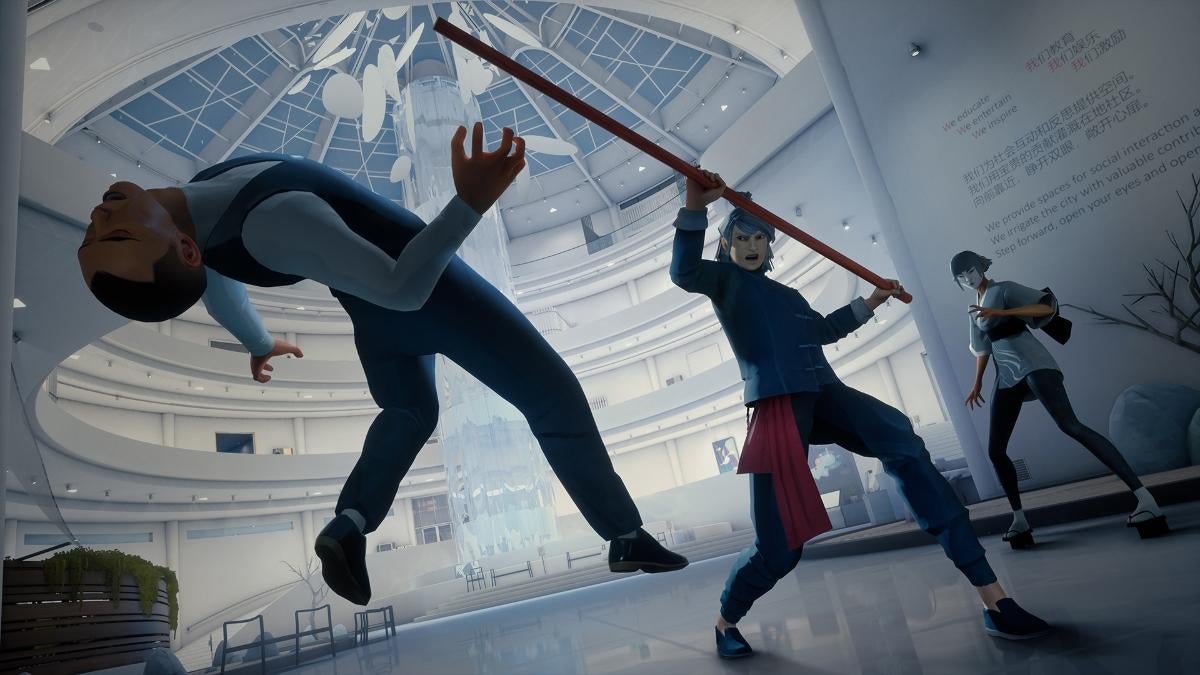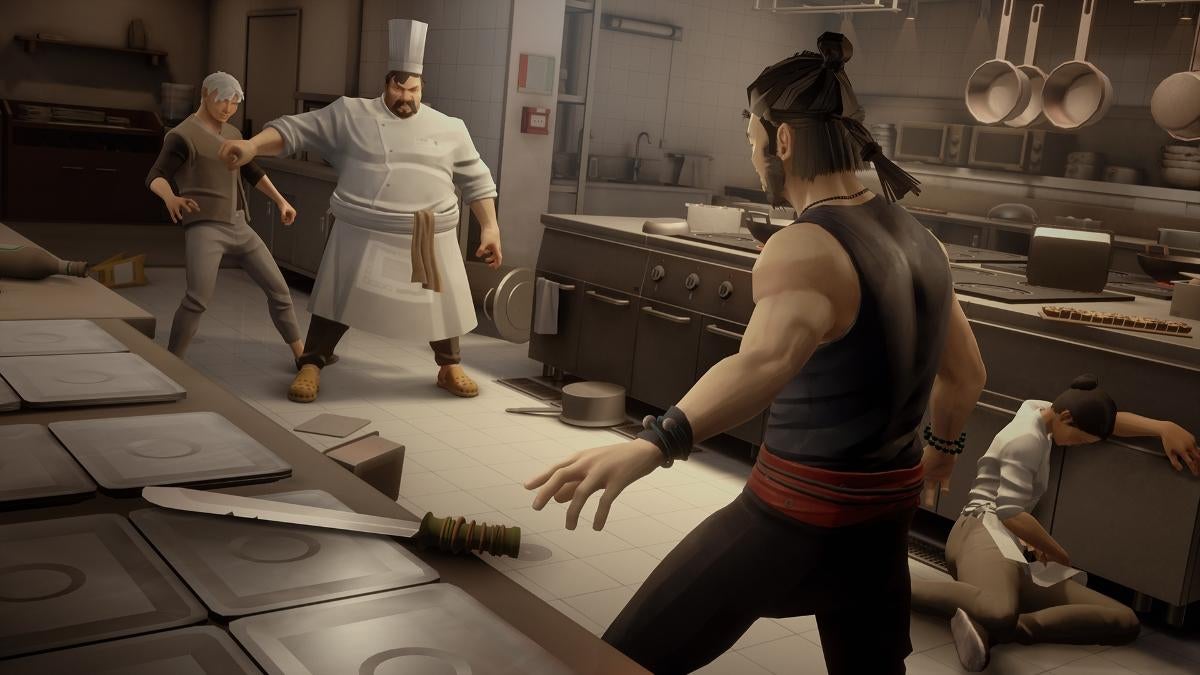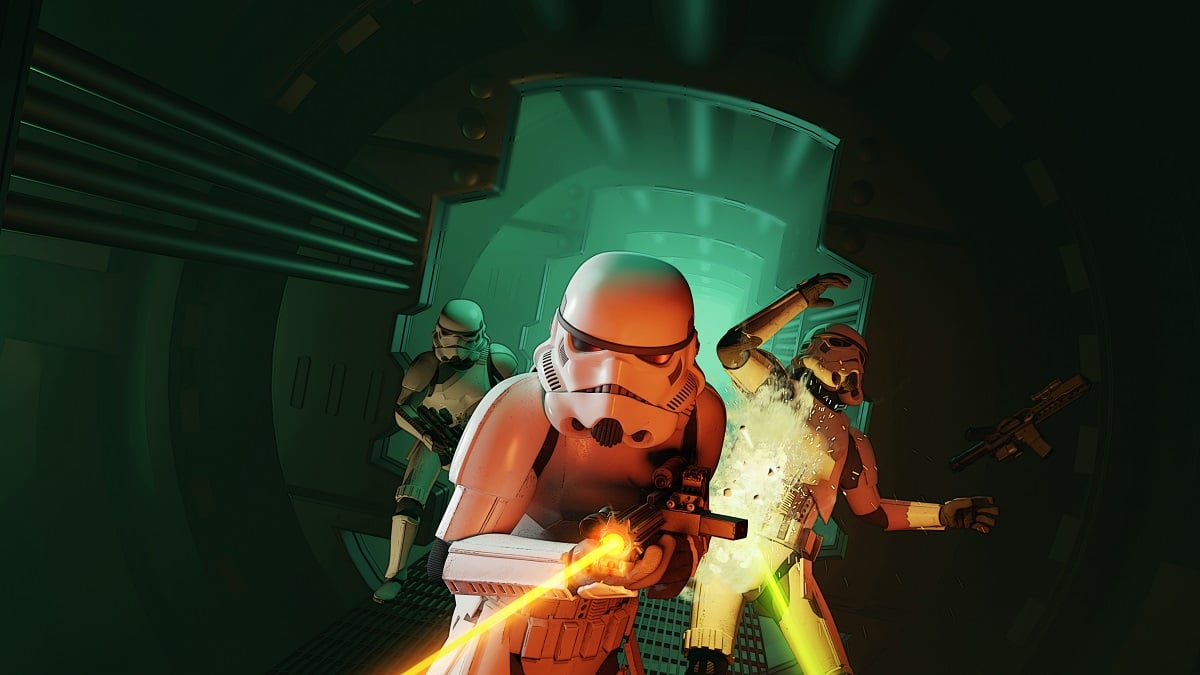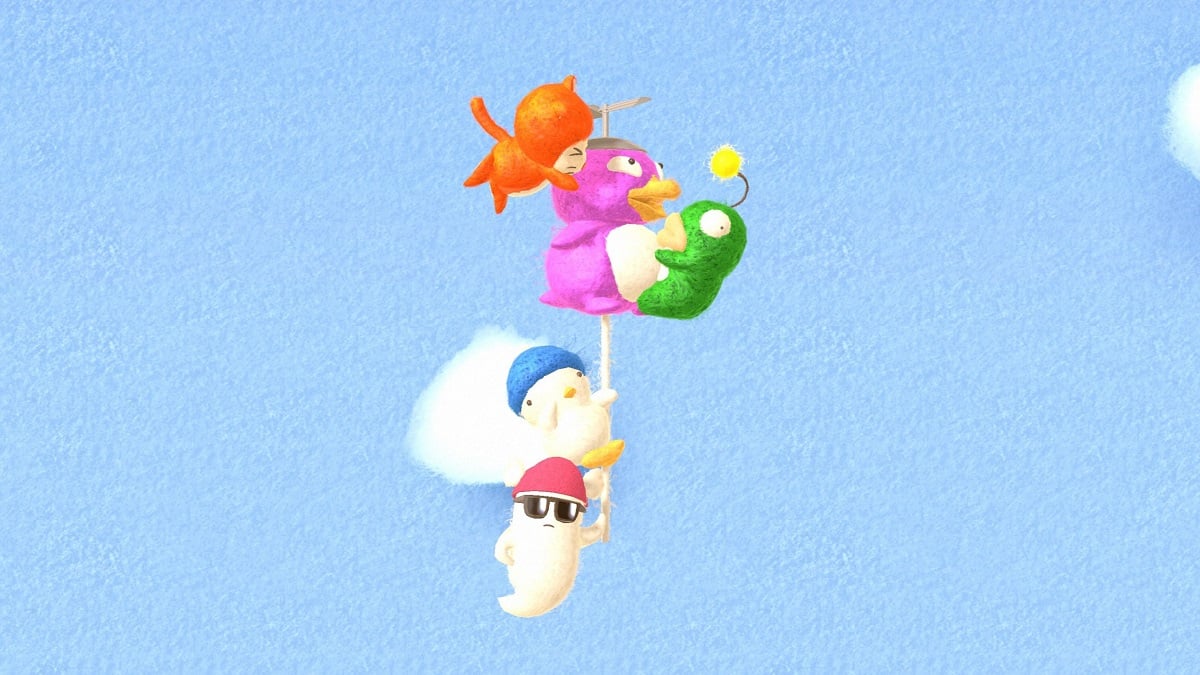The genre might have evolved over the last few decades, but there are very few things that are as satisfying as an arcade beat-em-up. Moving across from screen to screen, level to level, and clearing out everyone in your way can be one of the most fulfilling experiences from top to bottom. There’s something incredibly satisfying about emptying out an area all on your own, especially, and even more so if it gave you a hard time to begin with. That’s the very core of Sifu, an arcade-style, beat-em-up brawler where you get consistently grind it out until clearing out rooms is a piece of cake.
Sifu is the next evolution of the beat-em-up, and the next level of one-on-one fighting. It’s a brawler that showcases what could be done with a system that values patience over aggression, and while it can be quite punishing at times, it’s the kind of punishment that instead feels like hardened training that makes you better for that next attempt. All the while, there’s a fun rhythm to be had in figuring it all out.

Sifu places you in the shoes of a young martial arts student who’s killed after getting a glimpse at their master being murdered by a mysterious assailant. This student then comes back to life with the power of a talisman and sets their sights on getting revenge years later. The story’s not the deepest, and nor is it the reason anyone will want to dig in further. It’s a one-note type of vengeance narrative that ultimately plays out through a few short cutscenes and various scattered collectibles, but like most arcade brawler types of its ilk, the story’s kind of just a window dressing on the experience.
The real draw is the gameplay itself. Sifu tasks you with making your way through five different areas in order to take down five bosses therein. Starting the very first stage at age 20, you grow older every time you die. Each death adds to your Death Counter, which makes you even older with each revival. Dying at age 20 will bring you back at 21, for example, but dying at 21 will bring you back at 23 because you’ve died twice. Beating certain enemies or a certain number do have the chance at lowering that counter by one, however.
Getting older doesn’t mean moving slower, but in fact, your attacks hit stronger and your ability to dodge yields more meters for harder hitting moves. But also, as a result, attacks damage you much more and you’ll die much quicker. You can spend experience to unlock additional moves and skills with each death regardless of age, but some skills can’t be learned after certain ages. And when you die and get a game over, you lose any skills you didn’t permanently unlock (which you can do by paying experience over your various runs).

You can also gain special bonuses through each run as well with special shrines that either give you more health, more recovery, or can even reset your death counter. Basically, it’s a perfect setup to try and try again. That’s certainly an understatement too as Sifu‘s kind of built around failure. It’s challenging as the third-person fighting system prioritizes parries and dodges, and you’ll need to have an exact timing in order to do so directly. You have to read the patterns of each enemy, and wait patiently for your chance to strike. It’s absolutely enthralling in the one-on-one fights as even the most grunt enemies will throw some challenging flows and patterns at you that have a sense of randomness that keeps you on your toes, but can feel overwhelming when facing off against a group.
This overwhelming feeling does eventually pass the more you repeat the levels and accrue more permanent skills, but like other beat-em-ups, this also means you’re going to see a lot of the same things quite a lot. The layouts of the stages, available weapons, and enemies don’t change thankfully so you can better plan out your attacks, and advancing through stages helps open up shortcuts for later runs, but you’re going to fight, die, and repeat many, many times. But importantly, you’re always becoming better.
Boss fights are also incredibly rewarding. Their attacks hit fast, hard, and often in long combo strings so the patient, counter-heavy playstyle really shines in these moments. It’s such an intense bout each time that defeating each one and moving on just feels great. At the same time, each stage clearance also works as a possible checkpoint. If you clear at a young enough age that you’re satisfied with it, you can continue through to the next stage from there. But if you felt like you could do better on the next attempt, you can clear your progress on a stage and try for a better run.

This would mean you get to the next stage at a younger, more advantageous age and the path begins anew. Sifu rewards patience and tenacity, but that’s only if you enjoy how the fighting engine works. It’s a blend of weaker and strong attacks that includes easy-to-pick-up weapons and a certain level of maneuverability around stages. It is thankfully fun to learn and reaches a point where it clicks with enough time invested in it. If for some reason the fighting never quite sits right for you, however, the challenge of it all is only going to feel egregious and frustrating.
While the story itself will never be enough to compel you forward, there is a sense of connection in watching your character get older while figuring out the intricacies of how Sifu plays. That’s ultimately what makes its punchy and punishing gameplay all the more satisfying.
Rating: 4 out of 5
Sifu releases on February 8th (February 6th for early-access) on PlayStation 5, PlayStation 4, PC via the Epic Games Store. A PlayStation 5 code was provided by the publisher for the purpose of this review.


